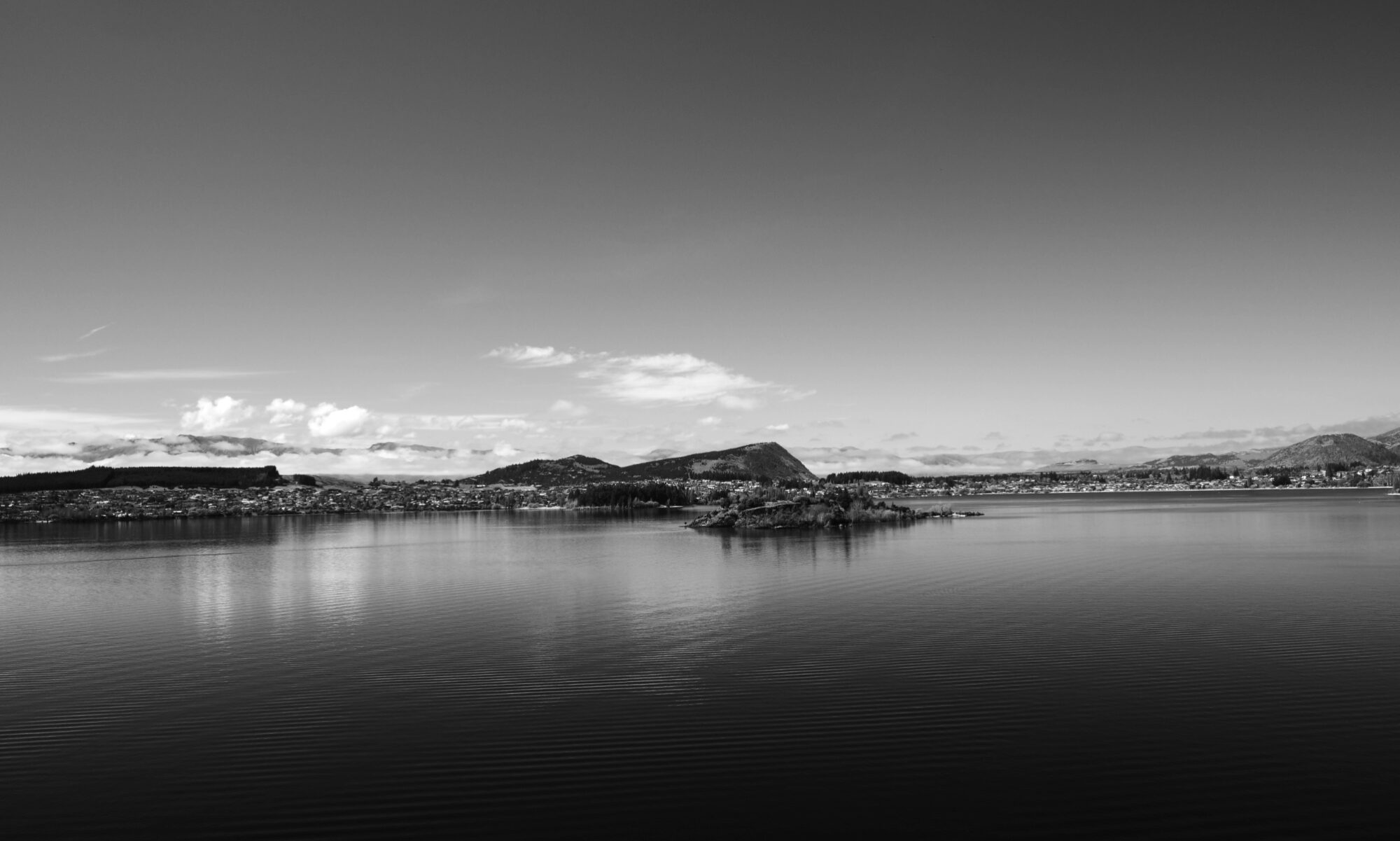To celebrate Central Otago’s incredible and diverse heritage, the heritage Central Otago organisation invited professional and amateur photographers to put Heritage in Focus. It, the Central Otago Heritage Trust has teamed up with Tourism Central Otago to tell the stories of our heritage through images.
How they defined “Heritage”:
“Heritage will mean different things to different people, so we’ve taken a broad view of what heritage means. Your photo could focus on tangible things like historical buildings, trees, natural landscapes, streetscapes, signage or historical objects. Or you might have a more intangible interpretation of what Central Otago heritage means. This might include things like cultural heritage, family or social traditions, or other personal expressions of heritage. The creative boundaries are yours to define!
You may have already taken some great photos that have a focus on heritage. You can enter these photos into the competition, as long as they’ve been taken within the last three years.”
Submitting a maximum of five images not older than three years seemed a challenge at first, but in retrospect a blessing. If I’d been able to utilise a couple of decades worth the selection process would have involved sifting through several hundred.
The other aspect that took a little time was defining the actual physical boundaries of Central Otago. Their website map was small and a tad vague however it only took a quick email to ask if the likes of the Nevis Valley fell within the borders.
My personal sifting and selection process
I searched on keywords I’ve ascribed to folders/images, and also let the question settle into my subconscious. In the case of the latter a few days later I’d recall a trip and it’s images.
This got me to about one and a half doz. Some of which I emailed to friends to ask their idea of which I should consider. When done I then created thumbnails so each could be seen in the context of the whole.

By a process of subtraction the many were eventually whittled down to five. Along the way I made a new thumbnail file each time, and would randomise the order too. Eventually arriving at the below:

- [ ] Surrounded by golden grasses, rose hip bushes, native matagouri, and the occasional willow for shelter the cottage is a rustic relic in a landscape marked by the remnants of gold mining. What truly makes this image precious is its evolution – from a miner’s abode to a cherished holiday home, embodying the timeless Kiwiana style. This transformation mirrors Central Otago itself, adapting to the kinder summers while preserving its historic charm.

- [ ] This ageing structure, nestled near what was once a bullock track, harkens back to Central Otago’s early days when gold mining and farming forged the region’s identity. A testament to the rugged pioneers of the past. It now finds refuge amidst strategically planted trees, offering both shelter and firewood. While its weathered exterior whispers stories of a bygone era, it remains a practical asset on a modern farm. It’s a living relic that bridges the gap between history and utility in this corner of Central Otago.

- [ ] Situated within the rugged expanse of Central Otago’s Oteake Conservation Park, the “Homestead Campsite” is more than its basic description implies. This enduring structure, ensconced by ancient, gnarled trees, embodies the essence of the region’s history. Probably originally erected for farming and perhaps rabbiters, this resilient building has been meticulously restored by DOC, retaining its rustic charm. Today, it stands as a haven for adventurers exploring the St Bathans and Hawkdun Ranges, offering shelter and a communal kitchen area, a living testament to the pioneering spirit that shaped Central Otago’s heritage.

- [ ] These meager rock walls, now no taller than one’s waist, stand as the remnants of a humble miner’s refuge in the heart of Bannockburn. Their stark simplicity tells a poignant tale of the relentless pursuit of gold that once consumed this region. Behind them, the formidable vertical cliff, shaped by the ceaseless sluicing for precious metal, looms as a testament to the determination and bravery of those early miners. This barren landscape, devoid of sheltering trees, to me still epitomises the flavour of the day as the ruins, standing silent amidst the golden history, serve as poignant relics of a bygone era fraught with the ceaseless search for riches, ultimately limited by limited sources of water.

- [ ] In the, bleak snow-covered expanse of the lower Nevis Valley, two weathered willow trees stand as solitary sentinels. They bear silent witness to a time when the only passage through this unforgiving terrain was a rudimentary road, once traversed by bullock teams and later by hard tyre’d lorries laden with supplies for the tenacious miners. These supplies included massive loads of metal pipes and machinery, essential for the operation of the numerous gold dredges that once dominated the landscape. Here, in this stark, treeless realm, shelter is but a distant memory. What captivates me in this image is its stark, unadorned simplicity—a profound reminder of the relentless struggle for survival in a valley notorious for its heavy snowfall and brutal exposure. The very backbone of Central Otago’s heritage.














































